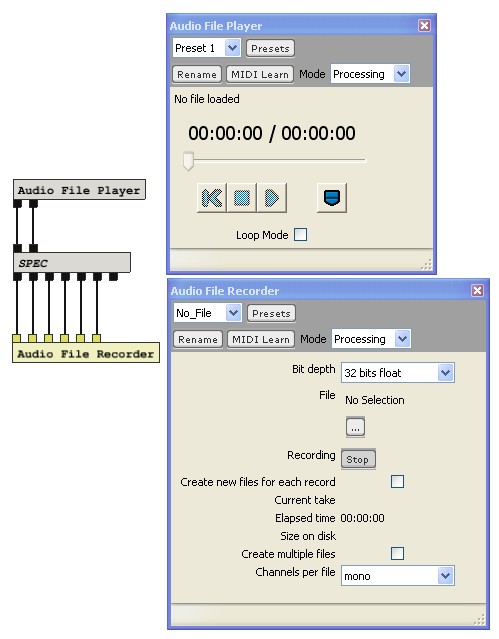


#PLOGUE BIDULE STEREO TO 5.1 SOFTWARE#
Most of the software I mention is available on both Windows and Mac, and I shall mention when this is not so. I shall list the software I recommend in these separate areas. Some software uses only one or other of these formats, but plugins for converting between them are easy to find. Note that the term B-format is used by different people to mean: (1) any ambisonic signal set, (2) signals in Fuma format, or (3) 1st-order FuMa only. Ambix has been adopted by Google for its VR software. caf file format which is practically unlimited in size. The Ambix format uses ACN ordering and SN3D normalisation, carried in a version of Apple's. This GUID prevents some programs from opening them, and their inherent 4GB (or in some programs 2GB) size limit is a serious disadvantage. amb files, which are WAV files with a custom GUID. FuMa ordering is that developed by Michael Gerzon, and its normalisation is known as MaxN, but with a 3dB reduction in the level of W, again following Gerzon. The most widely used are FuMa (Furse-Malham) and Ambix. They differ in both channel order and levels ("normalisation"). Note that there are two commonly used formats for ambisonic files these days. Any other processing is done in the B-format domain. Similarly, for playback there is a decoding process to generate the signals for the chosen available speaker layout. There are input procedures which capture the A-format from an ambisonic microphone and convert it to B-format, or take mono and stereo signals and position them in a soundfield using B-format - these are called encoding. As discussed elsewhere, the essence of ambisonics is that the recording is handled and stored in B-format (or, these days, in some higher-order equivalent such as Ambix ACN/SN3D).


 0 kommentar(er)
0 kommentar(er)
